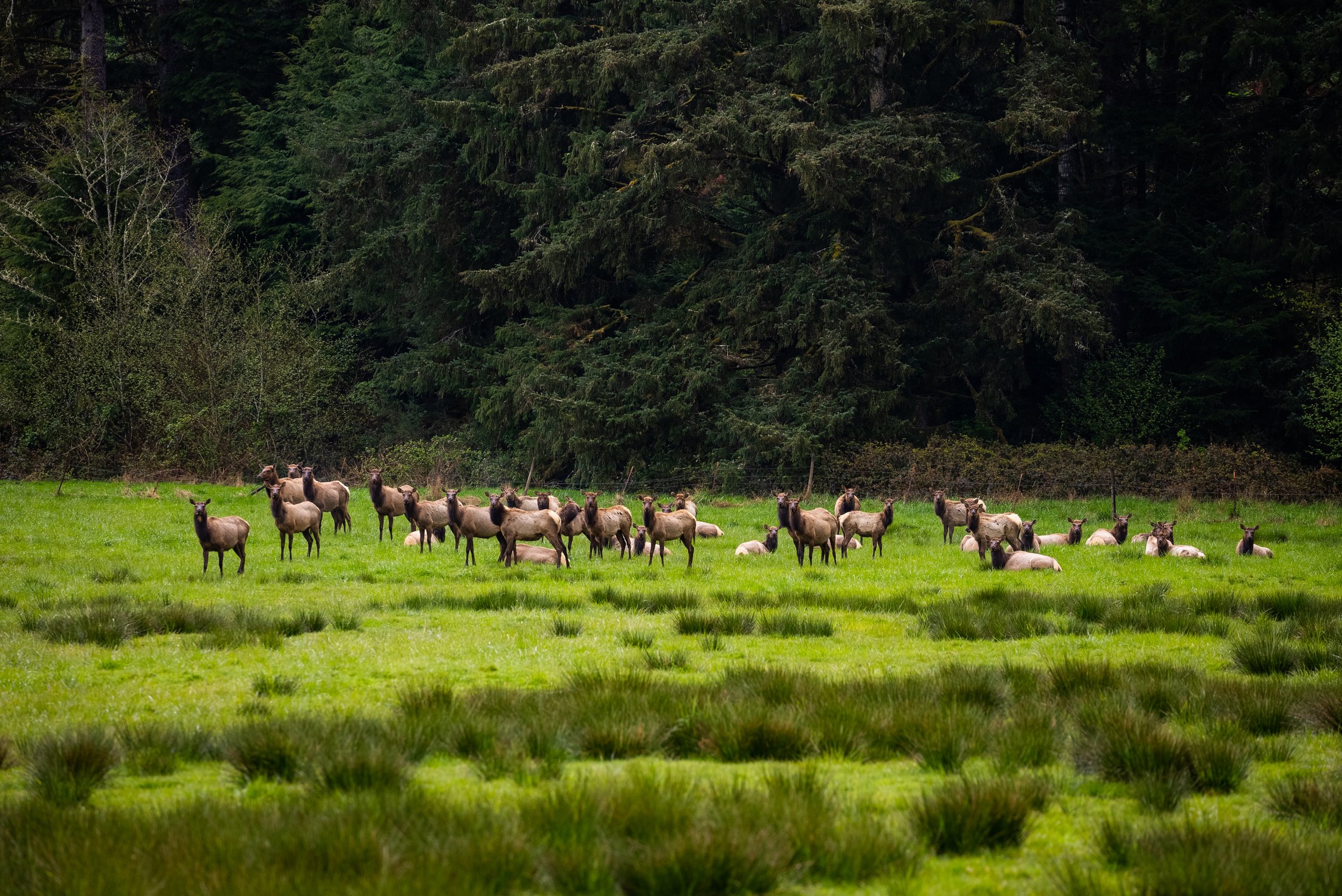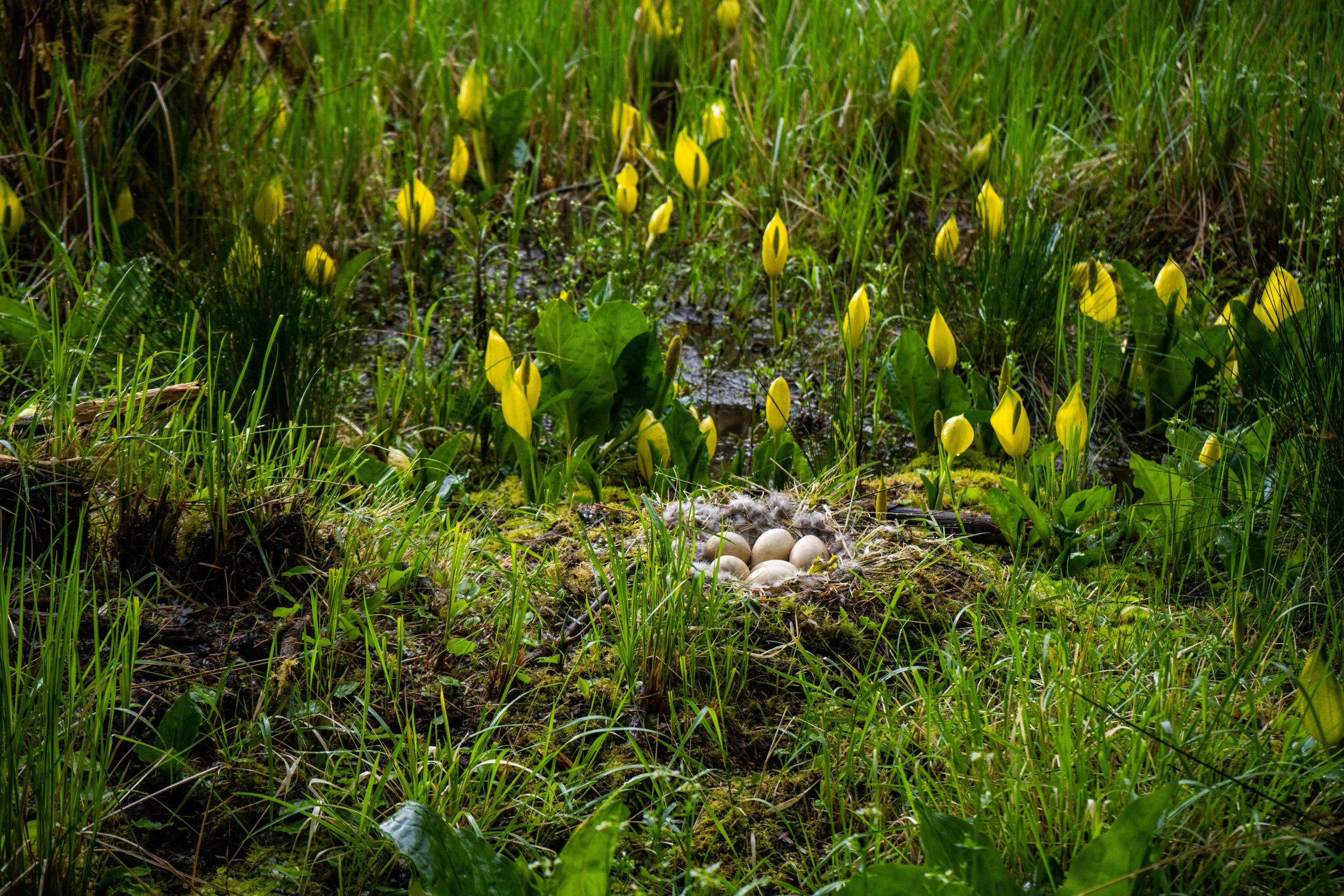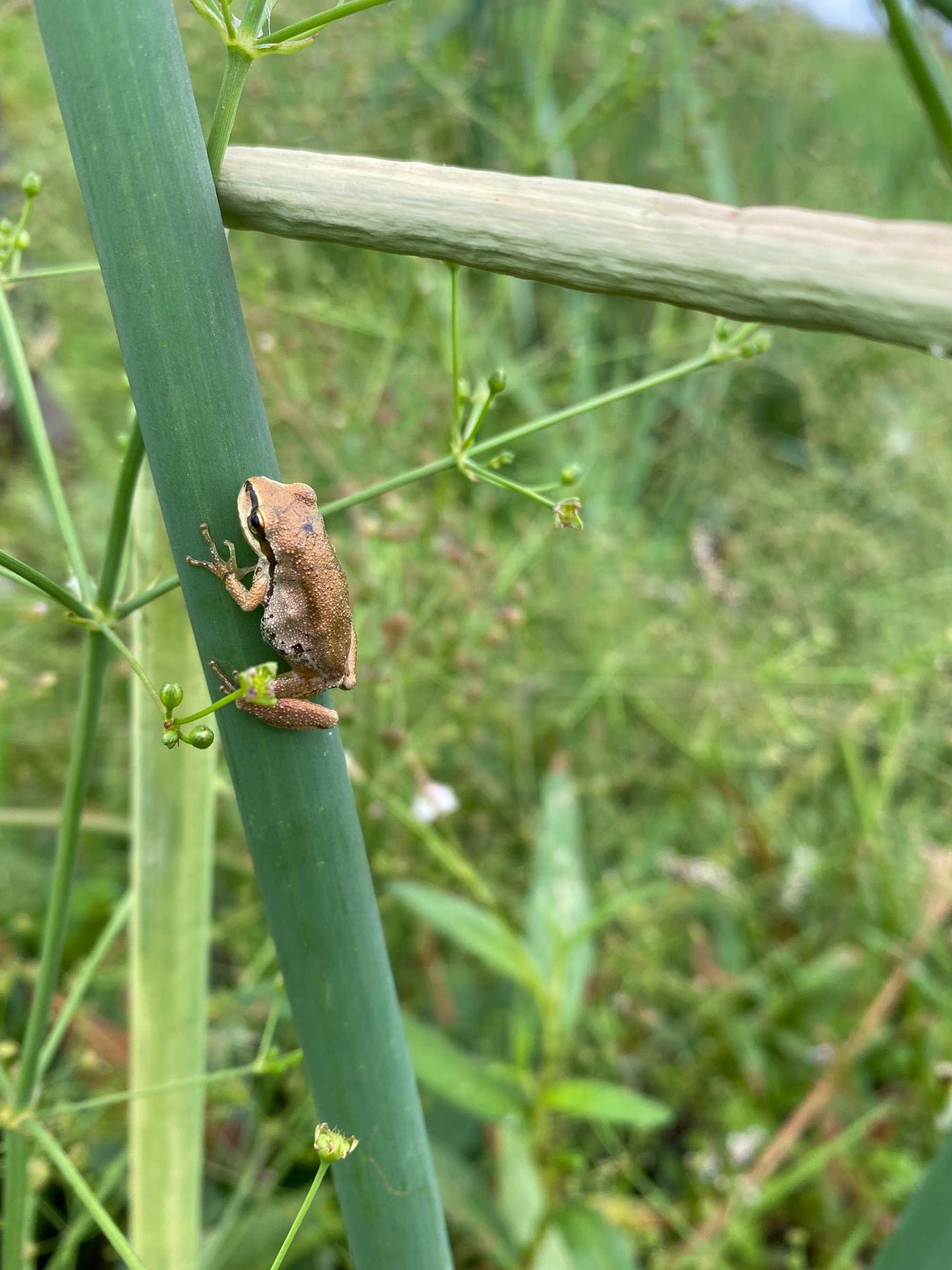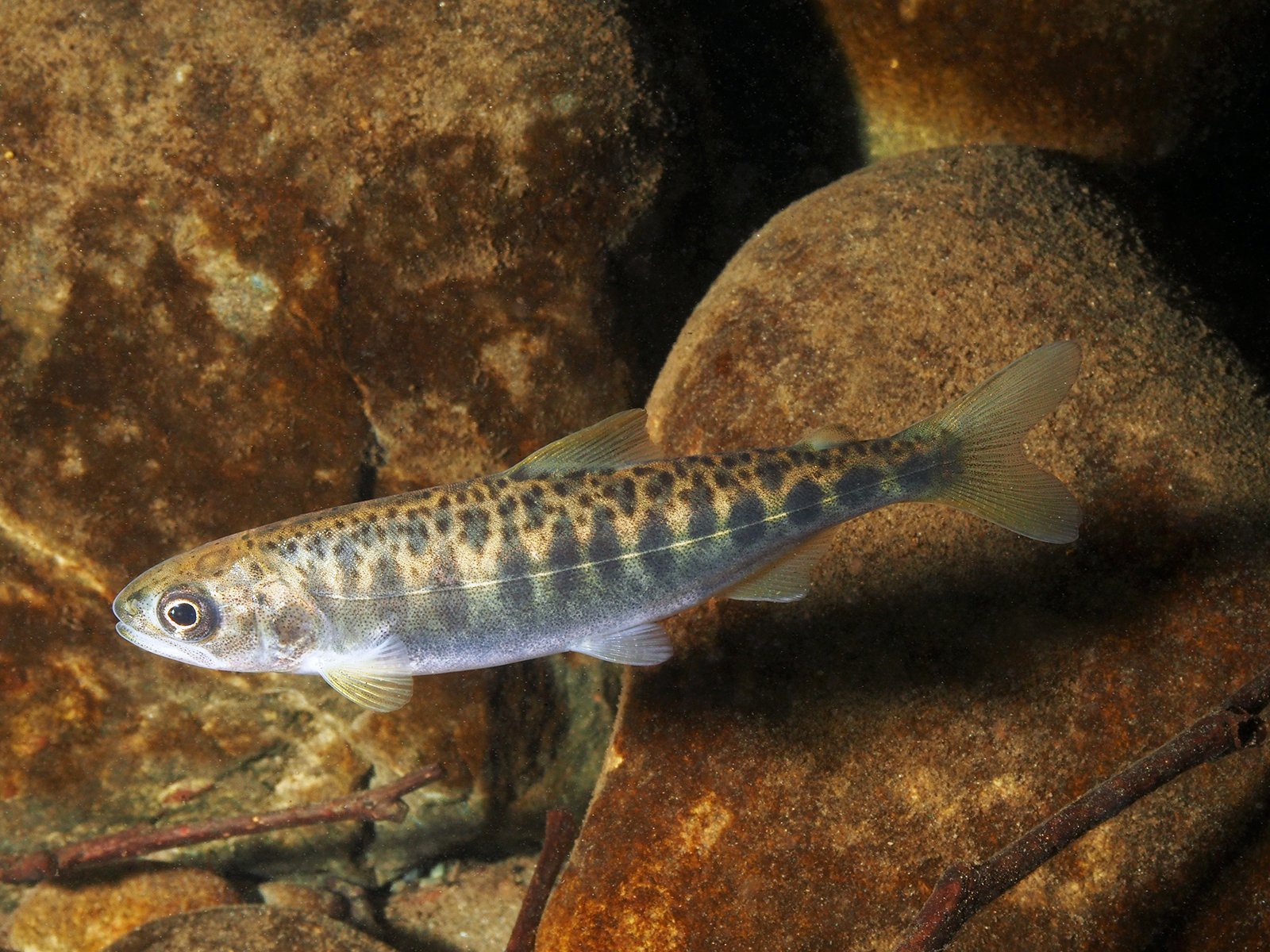Animals
Wetlands play a vital role in supporting the diversity of animal species that live in these ecosystems. They offer a wide range of benefits and resources that are crucial for animal populations and their life cycles. Many of the species the Oregon Department of Fish and Wildlife have identified as Priority Strategy Species, or species of greatest conservation need, depend on wetlands. Here are a few reasons why wetlands are important to animals and how they are adapted to thrive in these unique habitats.
Abundant Food Sources: Wetlands are incredibly productive environments, teeming with an abundance of food resources. They provide a rich variety of plants, insects, fish, and invertebrates that serve as primary food sources for many animals. Wetland plants produce ample amounts of organic matter, supporting the base of the food chain.
Breeding and Nursery Grounds: Wetlands serve as essential breeding and nursery grounds for numerous animal species. They provide suitable conditions for reproductive activities, such as spawning, nesting, and egg-laying. The shallow waters, vegetative cover, and ample food resources create an ideal environment for the successful reproduction and survival of many aquatic and semi-aquatic species. Wetlands offer protection from predators and provide ample food for growing young, contributing to the overall population dynamics of these species.
Habitat Diversity: Wetlands encompass a wide range of habitats, including marshes, swamps, bogs, and floodplains. This diversity of wetland habitats supports a variety of specialized species with unique adaptations. For example, amphibians depend on wetlands for their aquatic larval stages and require suitable terrestrial habitats nearby for adult survival. Birds utilize wetlands for nesting, feeding, and migration, with different species favoring specific wetland types. The varied habitats within wetlands offer niches for a wide range of animals, promoting biodiversity and ecological resilience.
Water Availability and Shelter: Wetlands provide a consistent water supply, particularly during dry periods, making them essential habitats for water-dependent animals. They offer sheltered areas for species that require aquatic environments or seek refuge from harsh conditions. Wetland vegetation, such as emergent plants and submerged vegetation, provides cover, nesting sites, and protection from predators. Wetlands also act as natural filters, improving water quality and providing suitable habitats for sensitive aquatic species, like fish and amphibians.
That is the why, but there’s also the how. Wetland animals have evolved various adaptations to thrive in these dynamic environments:
Aquatic Adaptations: Many wetland animals have adaptations for life in water, such as webbed feet, streamlined bodies, and specialized respiratory systems to extract oxygen from water.
Ability to Tolerate Waterlogged Conditions: Wetland animals have adaptations to cope with waterlogged or anaerobic soils. They may have modified respiratory systems, such as lung-like structures or gills that allow them to extract oxygen from low-oxygen environments.
Camouflage and Defense Mechanisms: Wetland animals have evolved various camouflage strategies and defense mechanisms to blend in with their surroundings or deter predators. Their coloration, patterns, or behaviors help them avoid detection or protect themselves.
Feeding Adaptations: Wetland animals have specialized feeding adaptations to extract the available food resources. For example, birds may have long bills for probing into the mud to catch invertebrates.
Migration and Life Cycle Strategies: Many wetland animals undertake seasonal migrations between wetland habitats and other ecosystems to find suitable breeding grounds, food sources, or overwintering sites. They rely on the interconnectedness of wetlands and other habitats to complete their life cycles. It’s why we often say local action has global impacts. A bird migrating along the Pacific Flyway from Alaska to South America needs places to rest and eat, and a healthy Oregon wetland would be critical on that journey.
While some animals need wetlands temporarily, others live their full time and make wetlands better by being there. The American Beaver is our state animal, the original wetland engineer, and a keystone species. A keystone species is a species that other animals in that ecosystem depend on to thrive. Beavers create better habitat for many just by using their dam building to create beaver ponds in order to access plants for food. While they build and maintain dams that create these ponds, they’re slowing down water, filtering it through the dams, and providing habitat for birds, amphibians, even juvenile salmon. Interested in participating in a beaver survey or amphibian survey? Check out our Community Science page to find out more.
Wetlands are intricate ecosystems that provide vital resources and habitats for a diverse range of animal species. The adaptations of wetland animals allow them to take advantage of the abundant food sources, breeding grounds, and diverse habitats offered by these unique ecosystems.

Roosevelt elk rest and eat in a coastal wetland slough.

A goose nest at the edge of a forested wetland.

A Pacific chorus frog hanging out on a wetland plant.

Salmon are born in freshwater streams and require coastal wetlands in estuaries to adapt to saltwater, a process called smoltification.
